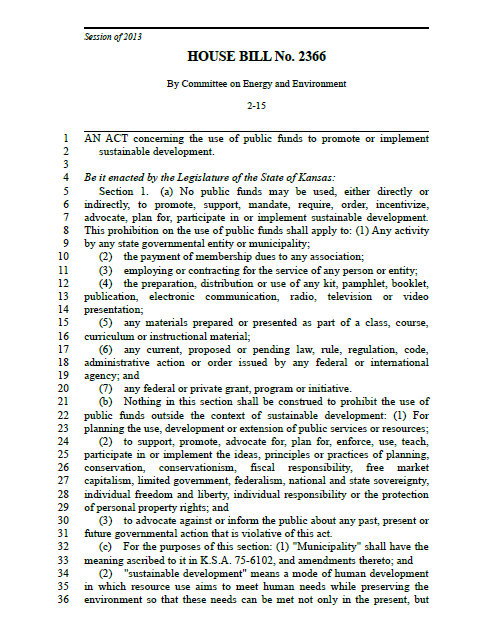Today, I want to share a few not-quite-so-recent stories related to waste that have been on my mind lately.
Via the
New York Times, a food industry alliance is planning a three-year initiative to reduce the tremendous amount of food that Americans still throw in the garbage even as they grow somewhat more conscientious about recycling paper and yard trimmings. … A substantial portion of food is thrown away while still fully edible because of cosmetic blemishes or overstocking. … According to the most recent available statistics, more than 30 million tons of food was dumped in landfills in 2009, making food by far the most abundant material there by weight, the federal Environmental Protection Agency says.

From
NPR comes a story about how all that wasted food contributes to climate change. A company called CleanMetrics gathered USDA’s
estimates of food loss from retail and consumers for 2009. And when the company’s founder, Kumar Venkat, fed the data into his software he found that food waste is responsible for 135 million tons of greenhouse gases every year, or about 1.5 percent of all emissions ,,, “If you compare beef to tomatoes, beef has a much higher footprint,” says Venkat. “So if you’re going to reduce waste, you need to prioritize.”

Via
Bloomberg, a story about Bank of America selecting some its most decrepit, derelict homes in Cleveland, Detroit, and Chicago and paying up to $7,500 to local agencies toward demolition costs. “There is way too much supply,” said Gus Frangos, president of the Cleveland-based Cuyahoga County Land Reutilization Corp., which works with lenders, government officials and homeowners to salvage vacant homes. “The best thing we can do to stabilize the market is to get the garbage off.”
From the
New York Times – Across western North Dakota, hundreds of fires burn as companies rushing to extract oil from the Bakken shale field treat the gas as waste and simply burn it. … Every day, more than 100 million cubic feet of natural gas is flared this way — enough energy to heat half a million homes for a day. The flared gas also spews at least two million tons of carbon dioxide into the atmosphere every year, as much as 384,000 cars or a medium-size coal-fired power plant would emit.
And again from
NPR, some insight into why cleaned wastewater stays dirty in our minds. … “It’s a very broad feature of human thinking,” Nemeroff explains. “Everywhere we look, you can see contagion thinking.” … The conclusion? “It is quite difficult to get the cognitive sewage out of the water, even after the real sewage is gone,” Nemeroff says.




